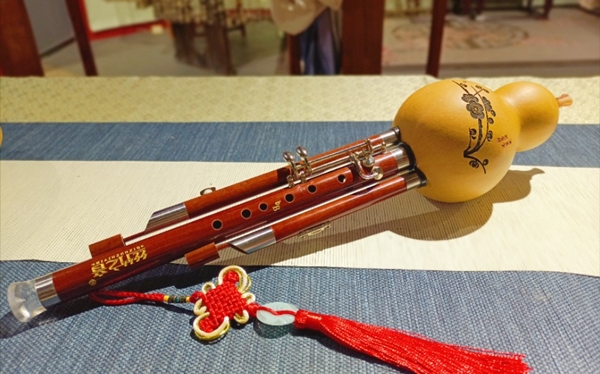The tuning and tuning art of Hulusi: Detailed explanation of principles, methods and practical strategies
Hulusi, as one of the Chinese minority Musical Instruments, its tuning and tuning work is very important for players. This paper aims to deeply discuss the tuning mechanism, tuning method and matters needing attention in the actual operation process, so as to help players better grasp and adjust the tuning of fenugreek, and then improve the performance.

First of all, it is important to understand the tuning principle of fenugreek. The basic structure of fenugreek consists of three parts: gourd, bamboo pipe and reed, and its pitch mainly depends on the length of bamboo pipe and the vibration frequency of reed. Each piece of fenugreek usually has a main key, the corresponding bamboo pipe has a number of sound holes, by opening and closing different sound holes, you can play different scales of the main key. The reed on each bamboo pipe determines the basic pitch it can produce, so the tuning of the fenugreek wire is the precise setting of the reed size and vibration frequency during production.
Secondly, there are two main tuning methods for hulusi: one is the physical tuning before the factory, that is, by adjusting the size, thickness and installation position of the reed to achieve the expected pitch standard; The second is the fine-tuning of the user after purchase, which can adapt to personal playing habits and environmental needs by slightly moving the position of the reed or slightly adjusting the shape of the reed.
In practice, in order to ensure the intonation of fenugreek, in addition to mastering the correct tuning method, the following points need to be noted:
1. Daily maintenance of fenugreek: keep the reed dry and clean to prevent moisture deformation affecting intonation.
2. Influence of environmental factors: changes in temperature and humidity may affect the sound quality and intonation of fenugreek, so try to use and store in a suitable environment.
3. Training of playing skills: good playing posture and breath control help to stabilize intonation and avoid pitch deviation caused by excessive force or improper playing.
Finally, for professional players and producers, the tuning of fenugreek is not only to meet the requirements of basic intonation, but also the pursuit of pure tone, wide range and artistic sublimation of playing effect. Through continuous practice and exploration, we can truly master the art of hulusi tuning and apply it to wonderful music interpretation.
 渝公网安备 50010702504639号
渝公网安备 50010702504639号